What output signals does an intelligent electromagnetic flowmeter have
The intelligent electromagnetic flowmeter is a commonly used flow measurement instrument that measures the velocity and flow rate of fluids by using the principle of electromagnetic induction. The main types of its output signals are as follows:
1. Analog signal output
The analog signal output of an intelligent electromagnetic flowmeter refers to converting the measured flow velocity or flow rate into an analog current or analog voltage signal for transmission. Under normal circumstances, analog signal output can be divided into two types: current type and voltage type.
Current-type analog signal output refers to the conversion of flow velocity or flow rate into a 4-20mA analog current signal for output. This kind of signal has low noise interference, long transmission distance and high anti-interference ability, and is suitable for remote transmission in industrial sites.
Voltage-type analog signal output refers to the conversion of flow velocity or volume into analog voltage signals of 0-5V or 0-10V for output. This kind of signal is suitable for short-distance transmission, but its anti-interference ability and transmission distance are relatively poor.
2. Digital signal output:
With the development of digital technology, the digital signal output of electromagnetic flowmeters has been widely applied in recent years. Digital signal output is usually transmitted through communication protocols such as RS485 or MODBUS.
Digital signal output has the advantages of high precision, strong anti-interference ability and long transmission distance, and is suitable for occasions that require remote monitoring and centralized control. In addition, on the basis of digital signal output, the flow meter can also be networked and interconnected with computers or PLCS and other devices to achieve automatic control and remote monitoring.
3. Pulse signal output:
Pulse signal output is to convert the flow velocity or flow rate into a pulse signal of a certain frequency for output. The pulse signal output can directly drive the counter or frequency meter for measurement and accumulation.
Due to the simplicity, reliability and low cost of pulse signal output, it is widely used in places with a large number of flowmeters, such as urban water supply and industrial production. In addition, the pulse signal output can also be converted into analog or digital signals for transmission through a conversion device.
Summary: The types of output signals of electromagnetic flowmeters mainly include analog signal output, digital signal output and pulse signal output. According to the requirements of different occasions and practical applications, choosing the appropriate type of output signal is of great significance for the accuracy and stability of flow measurement.

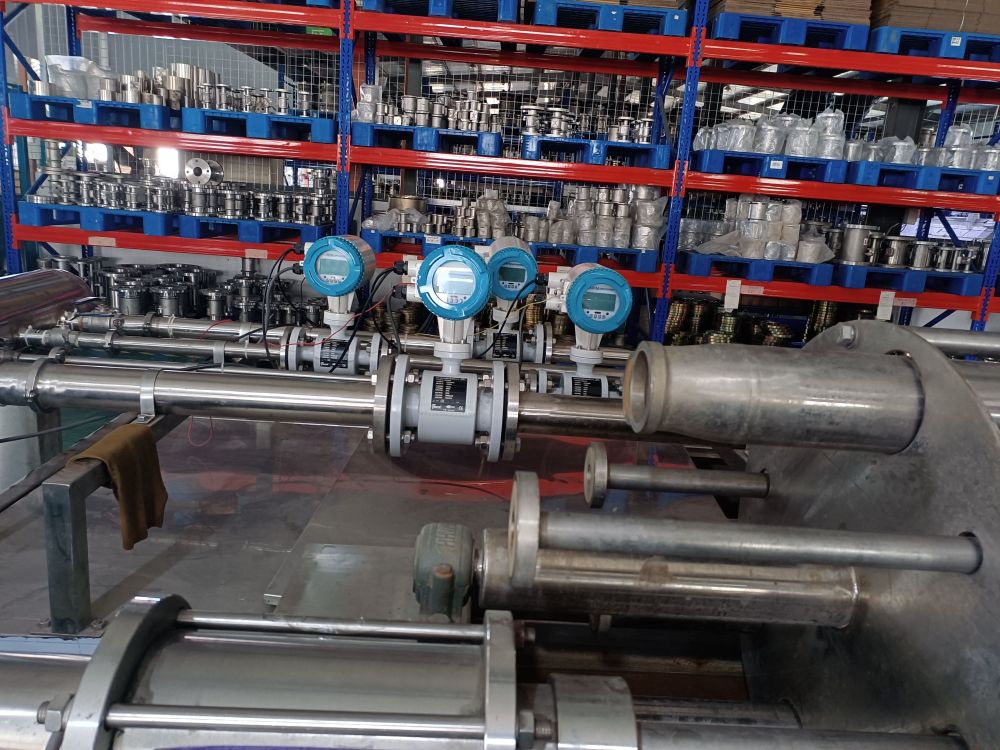
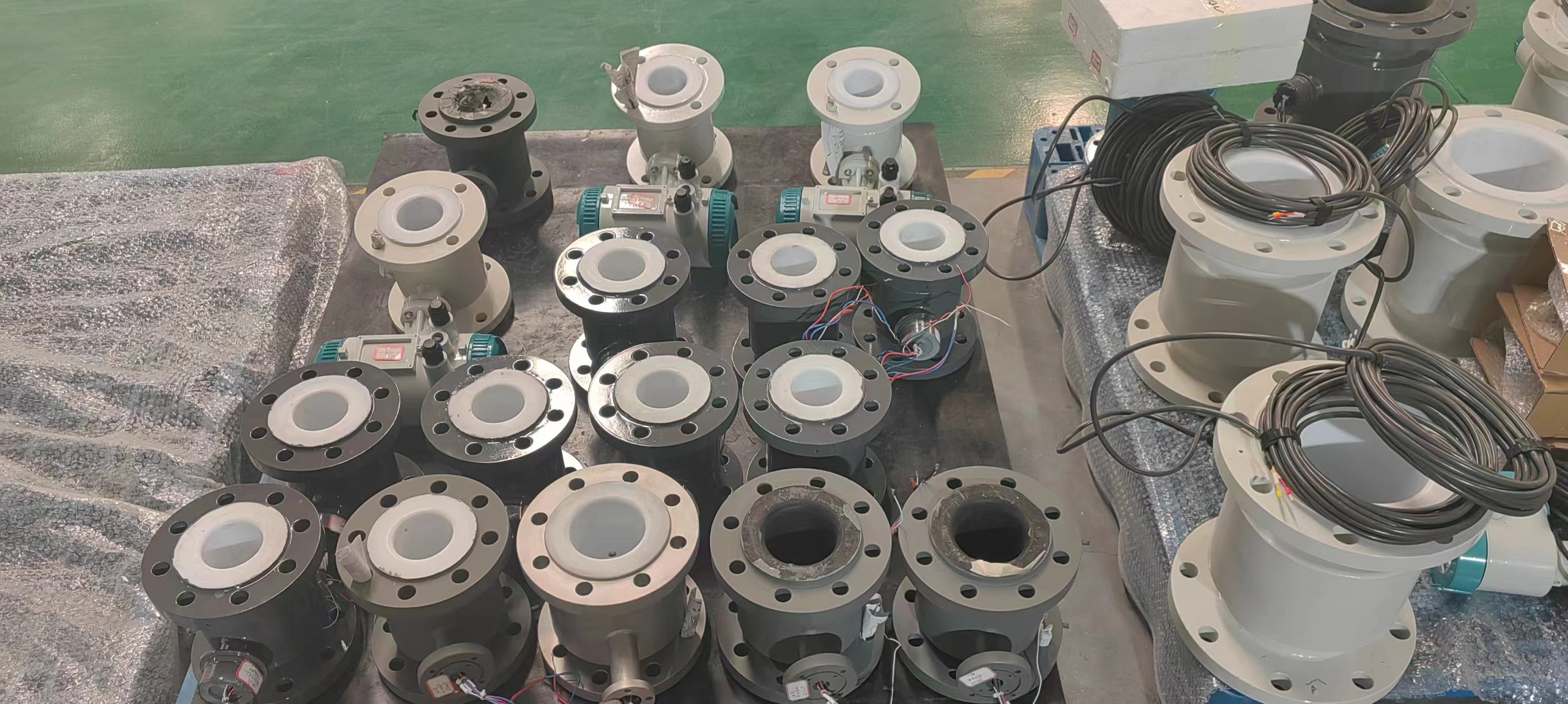
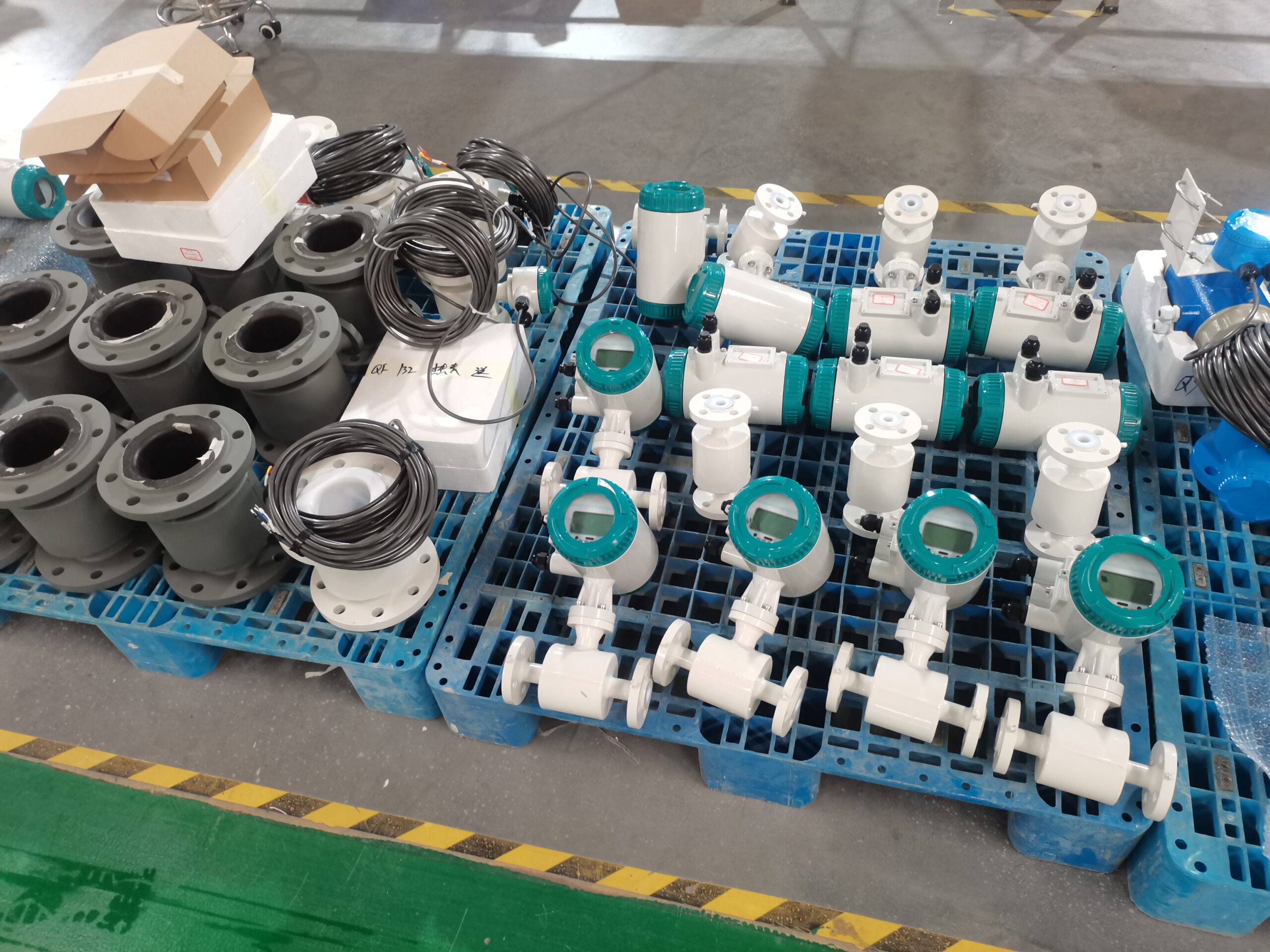
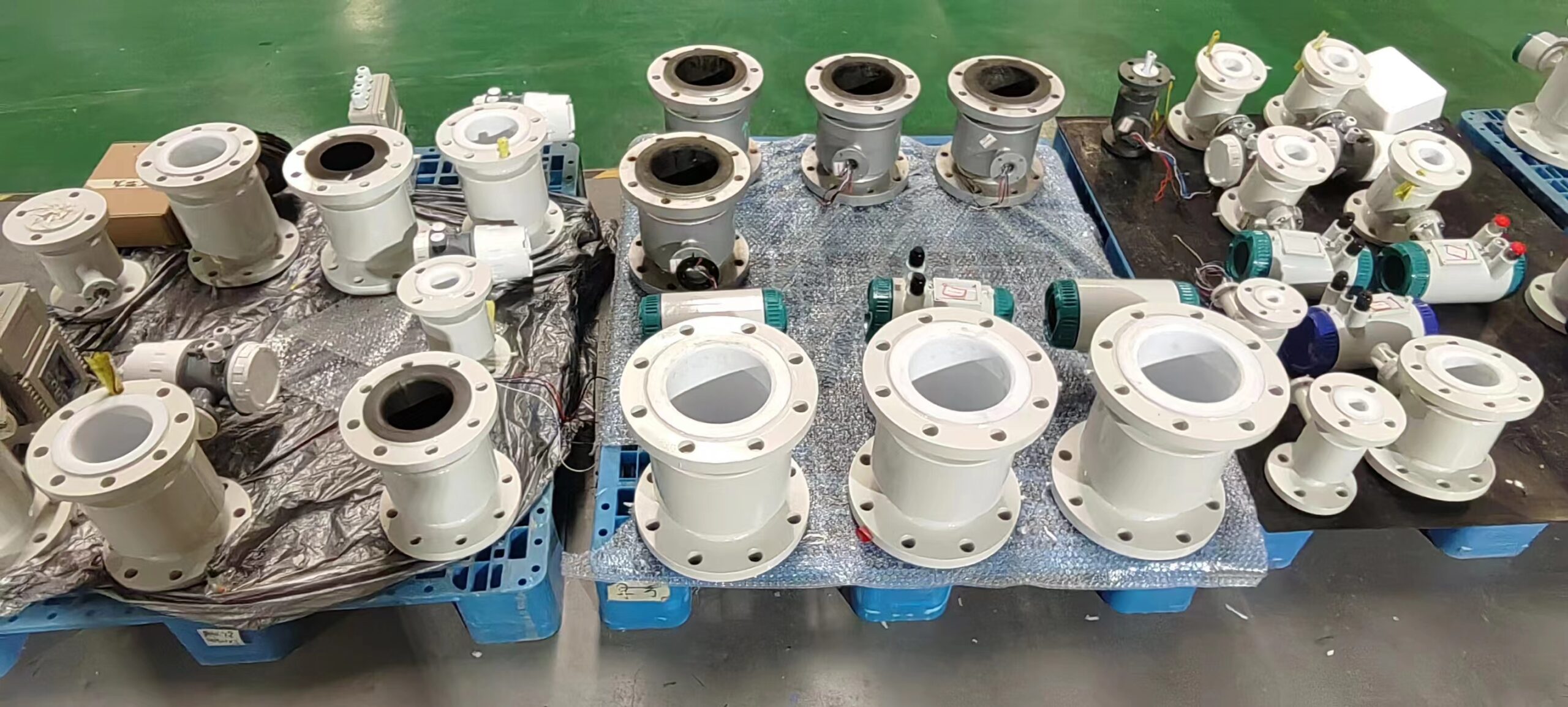

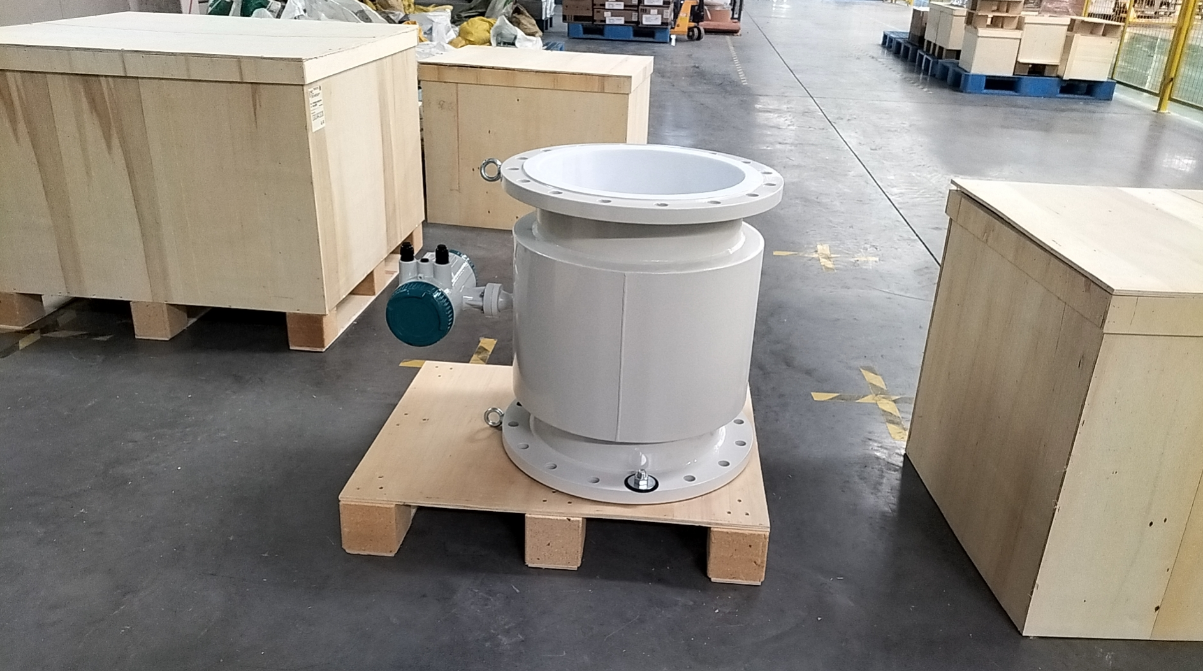
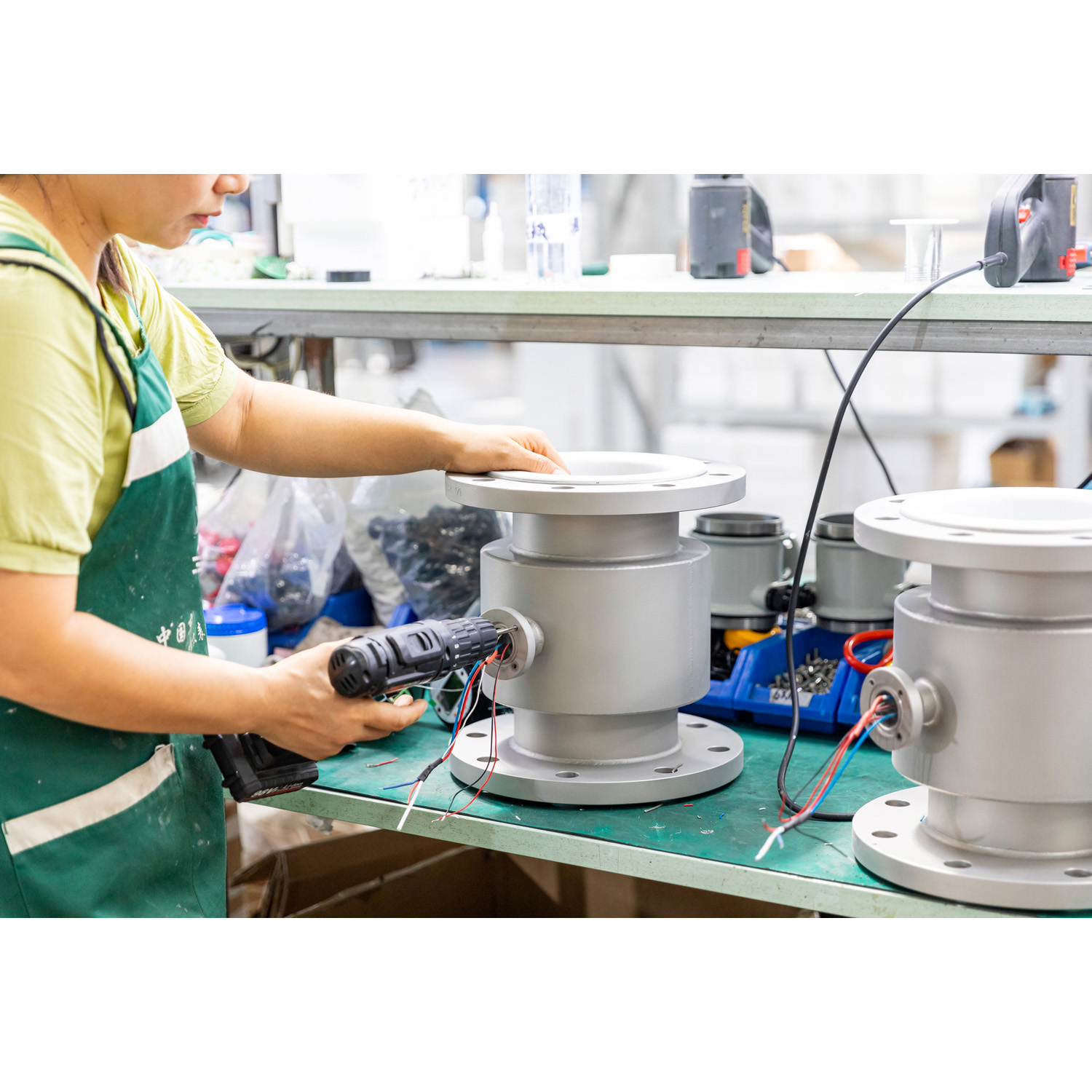
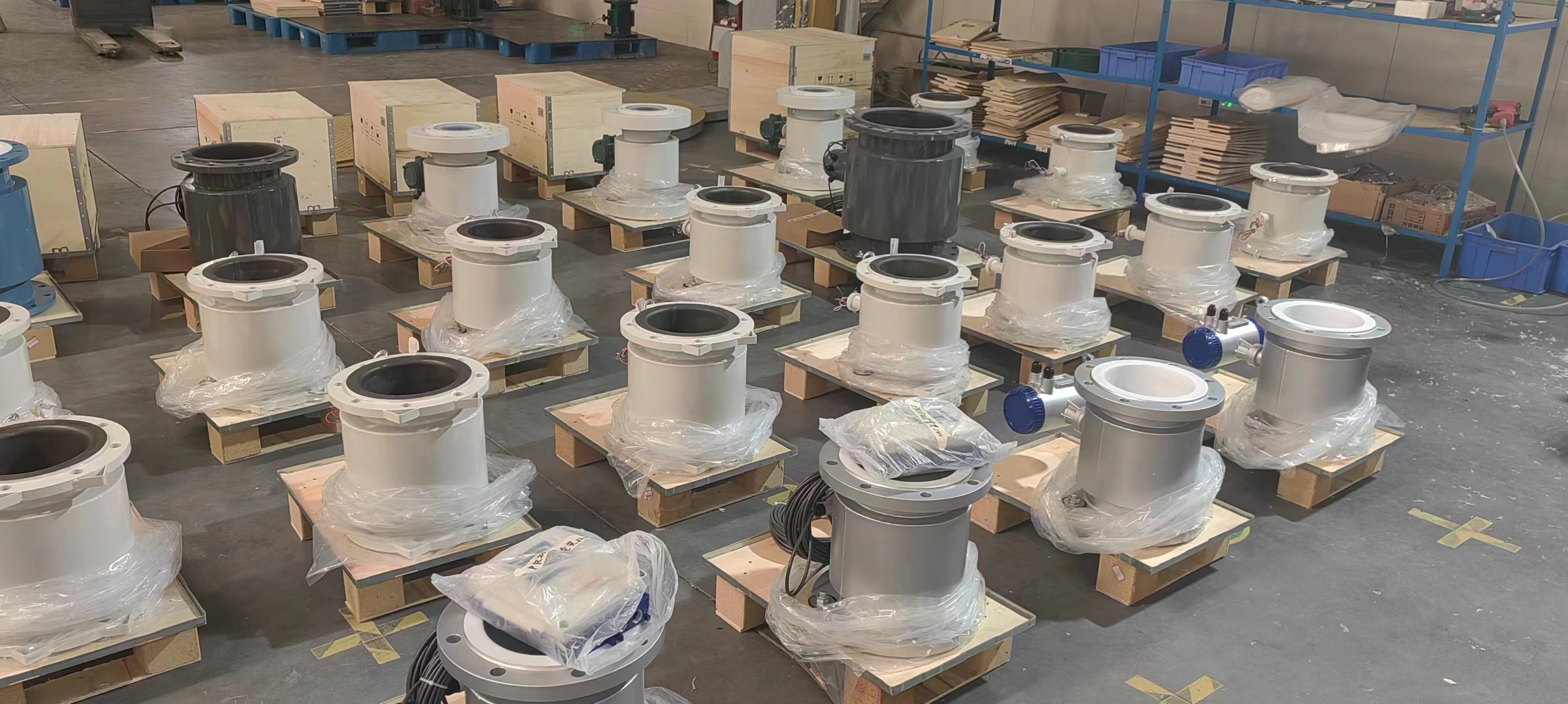
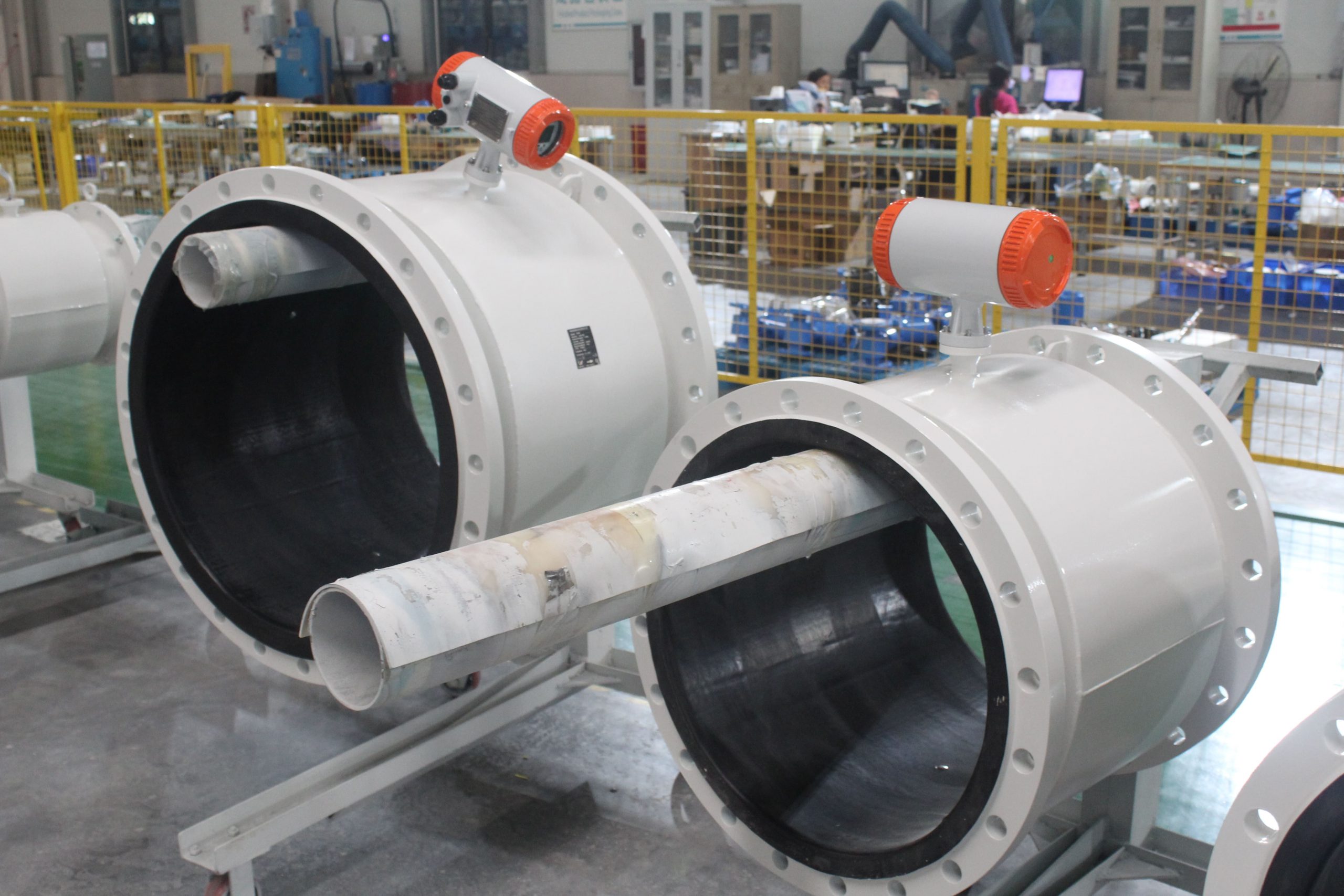
-.jpg)
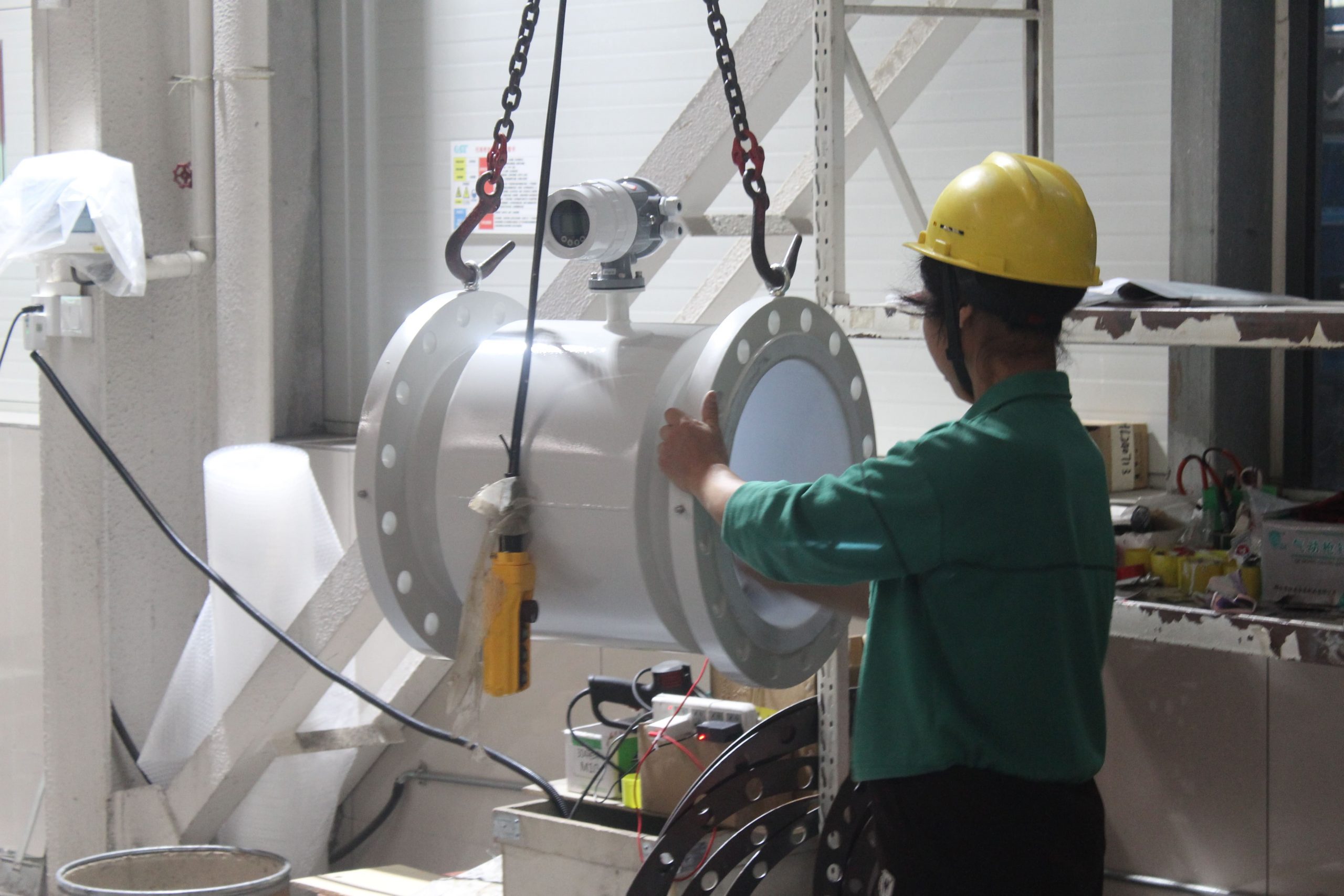

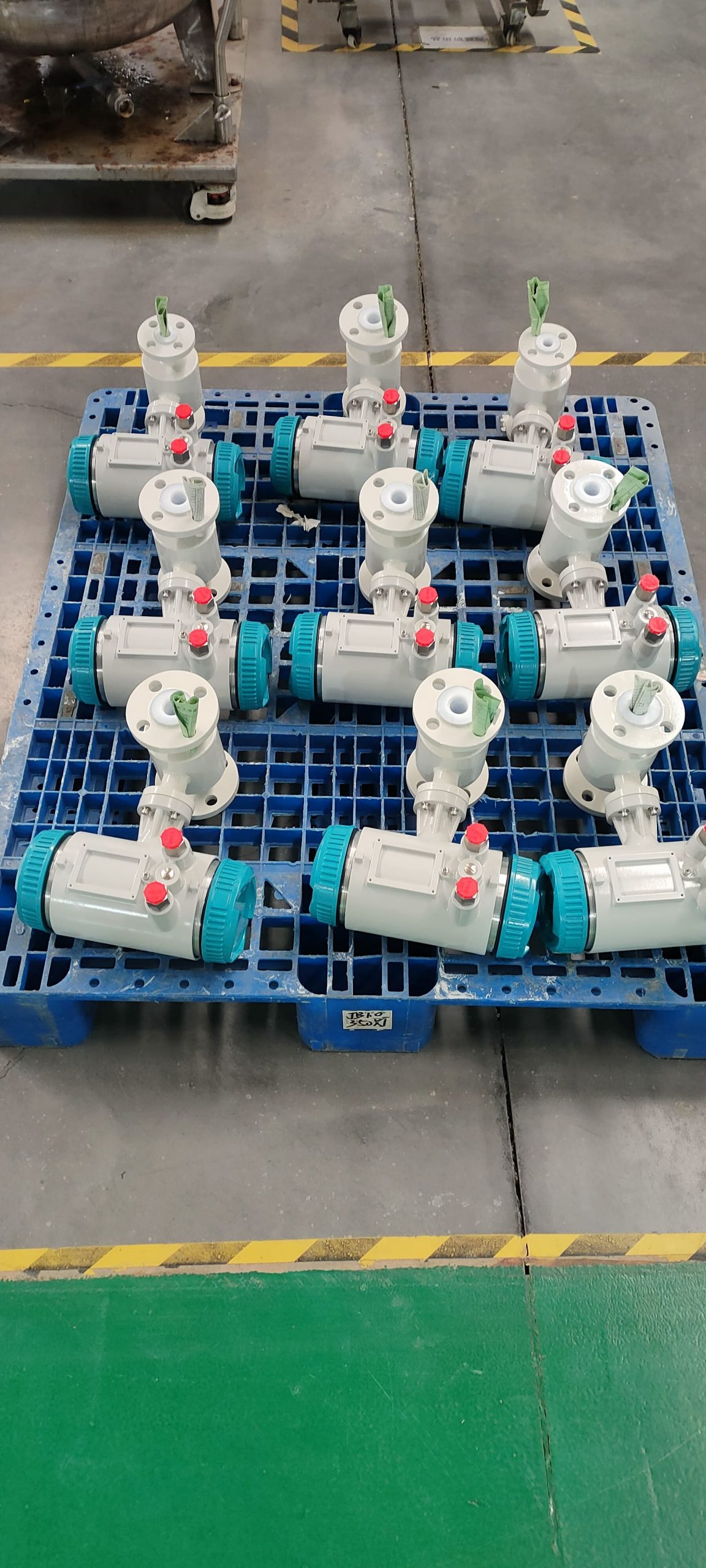
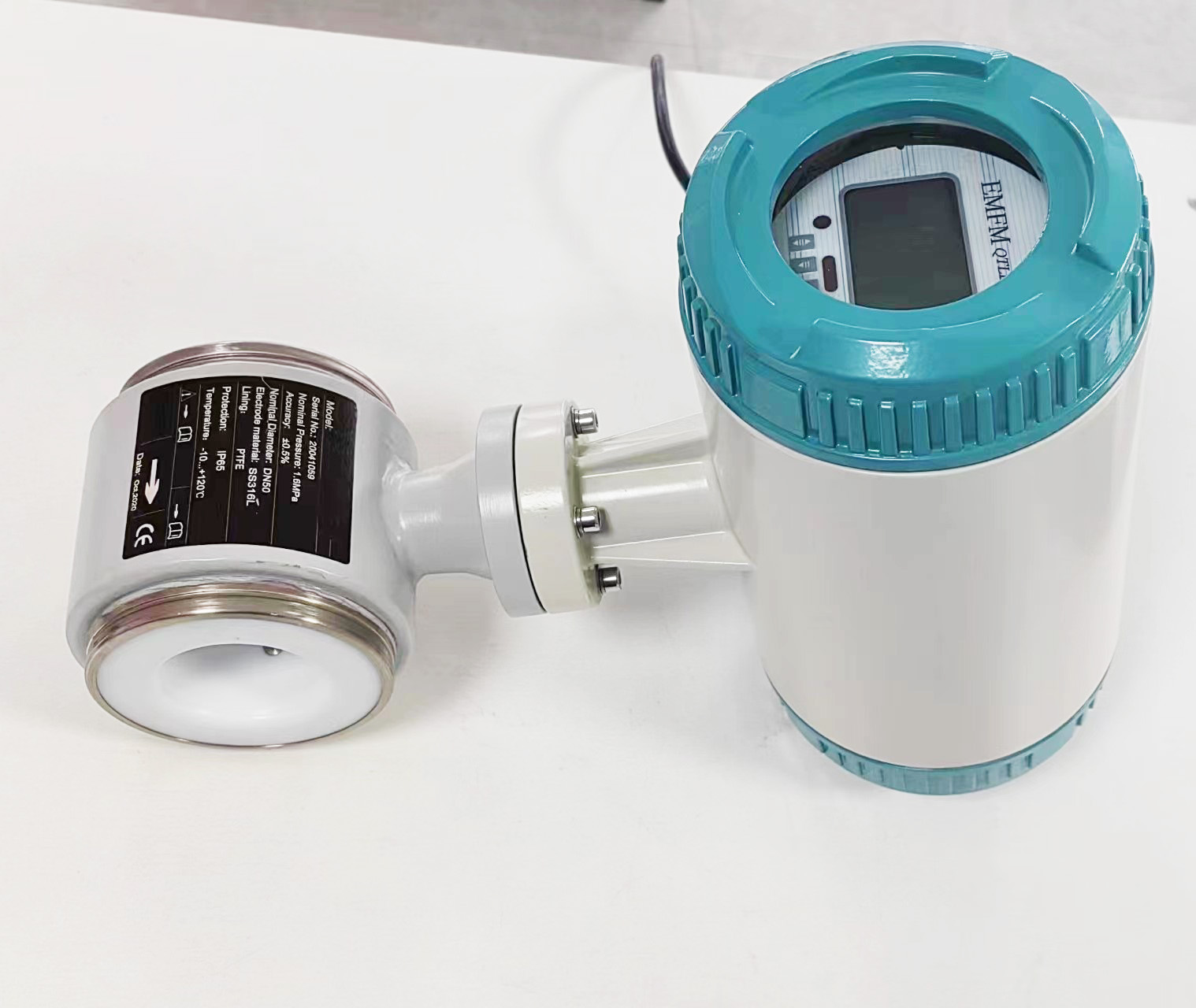
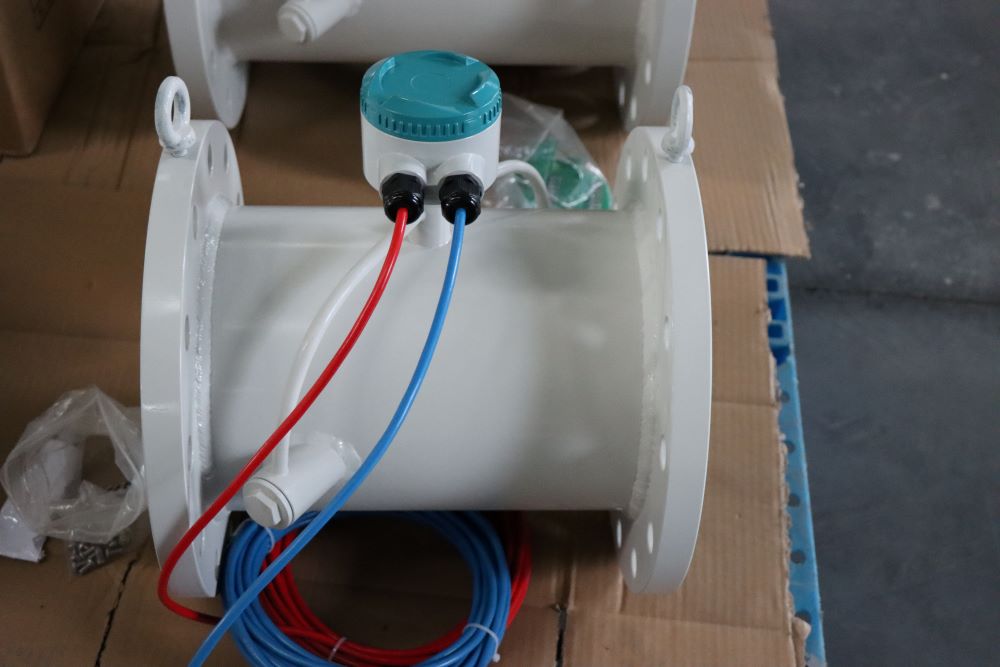
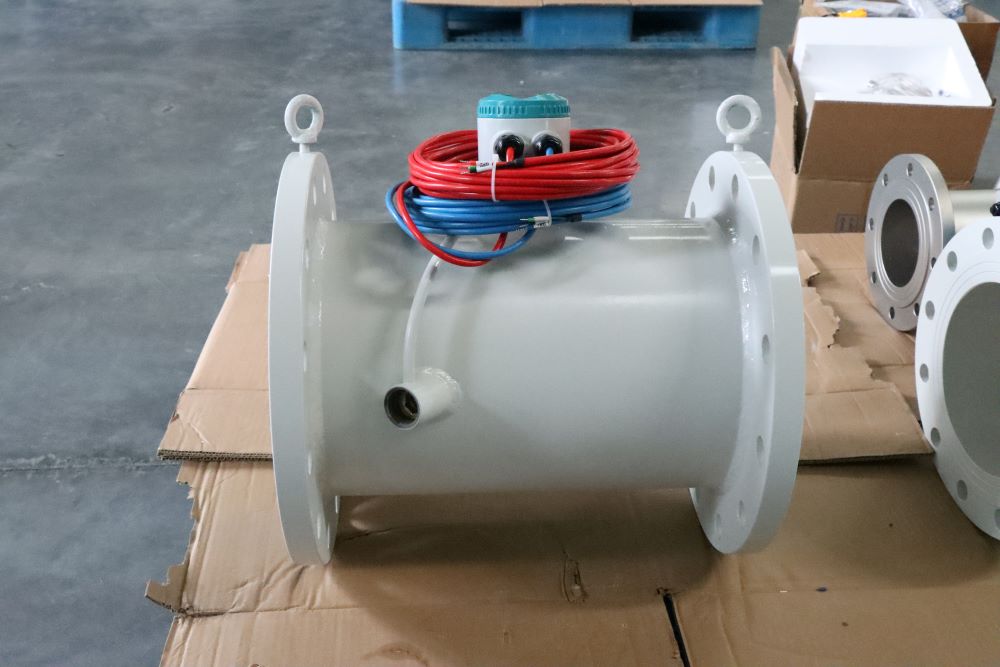
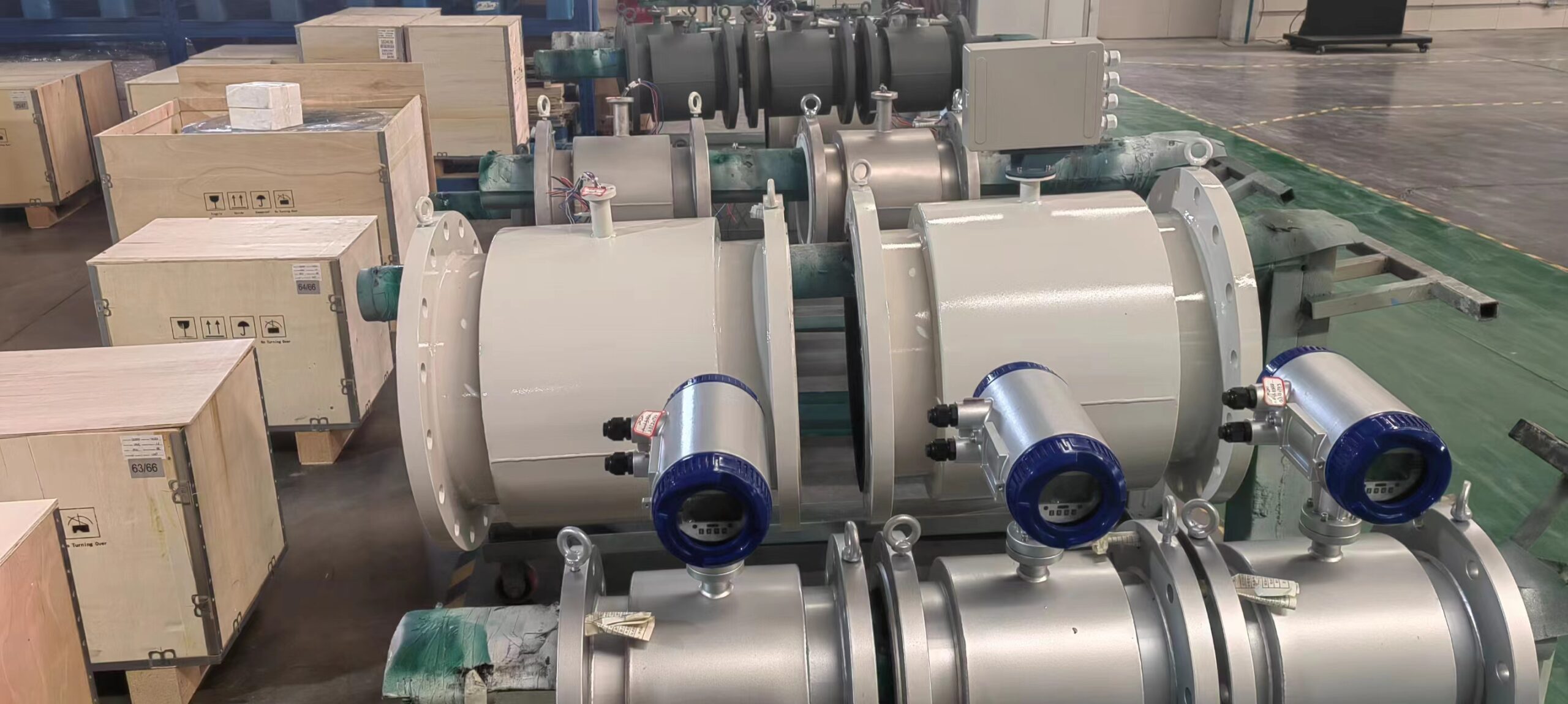
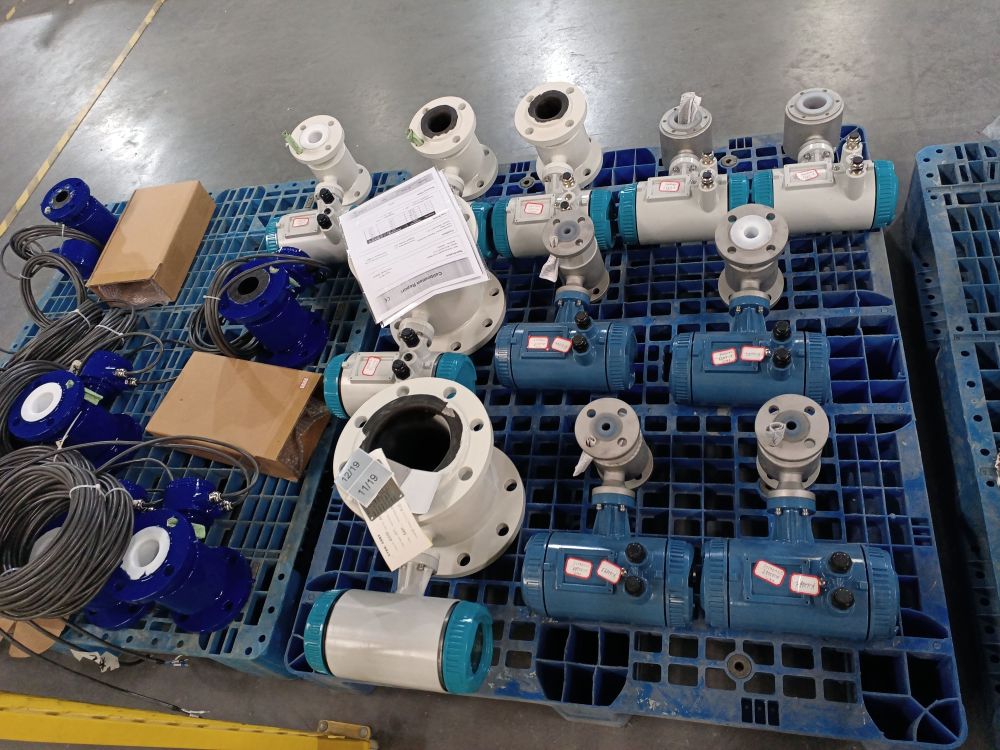
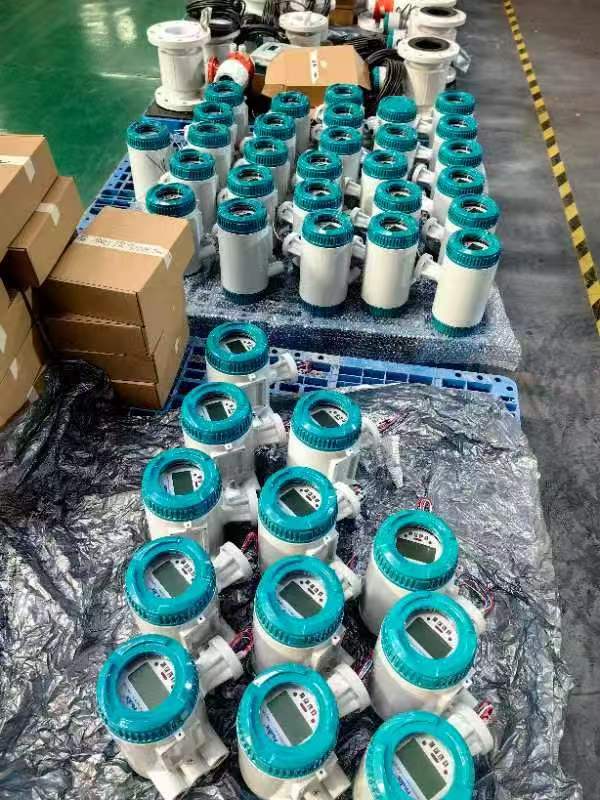

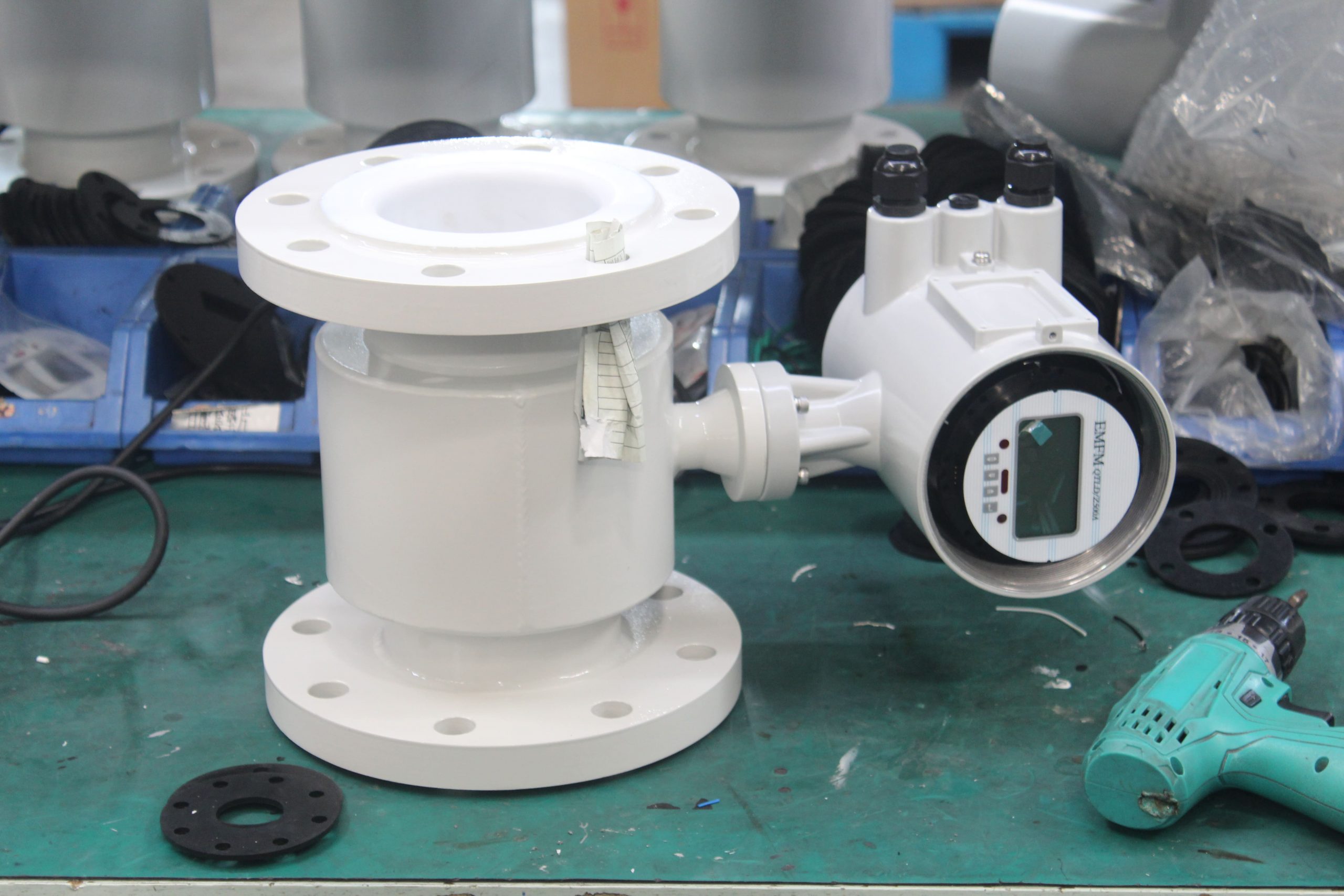


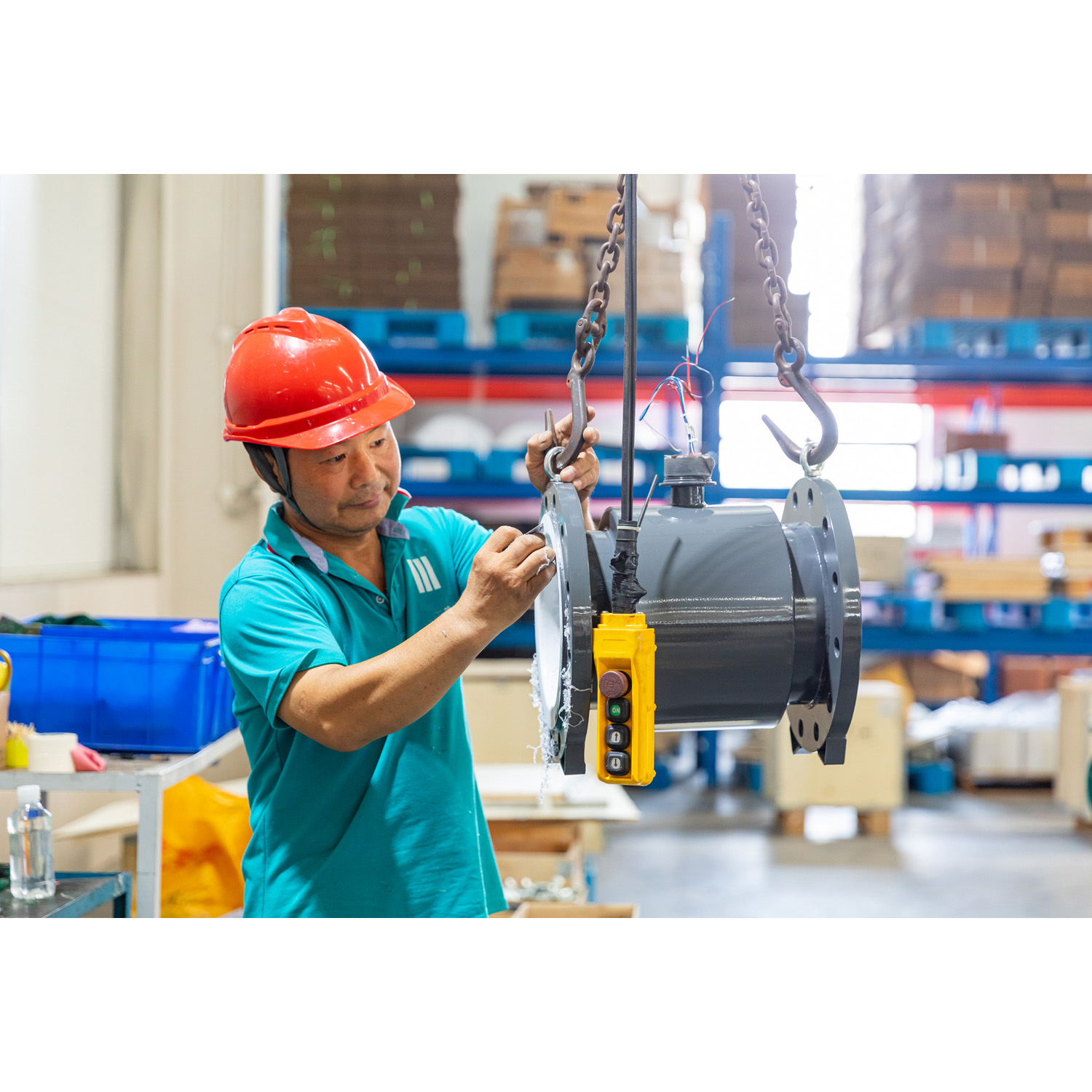
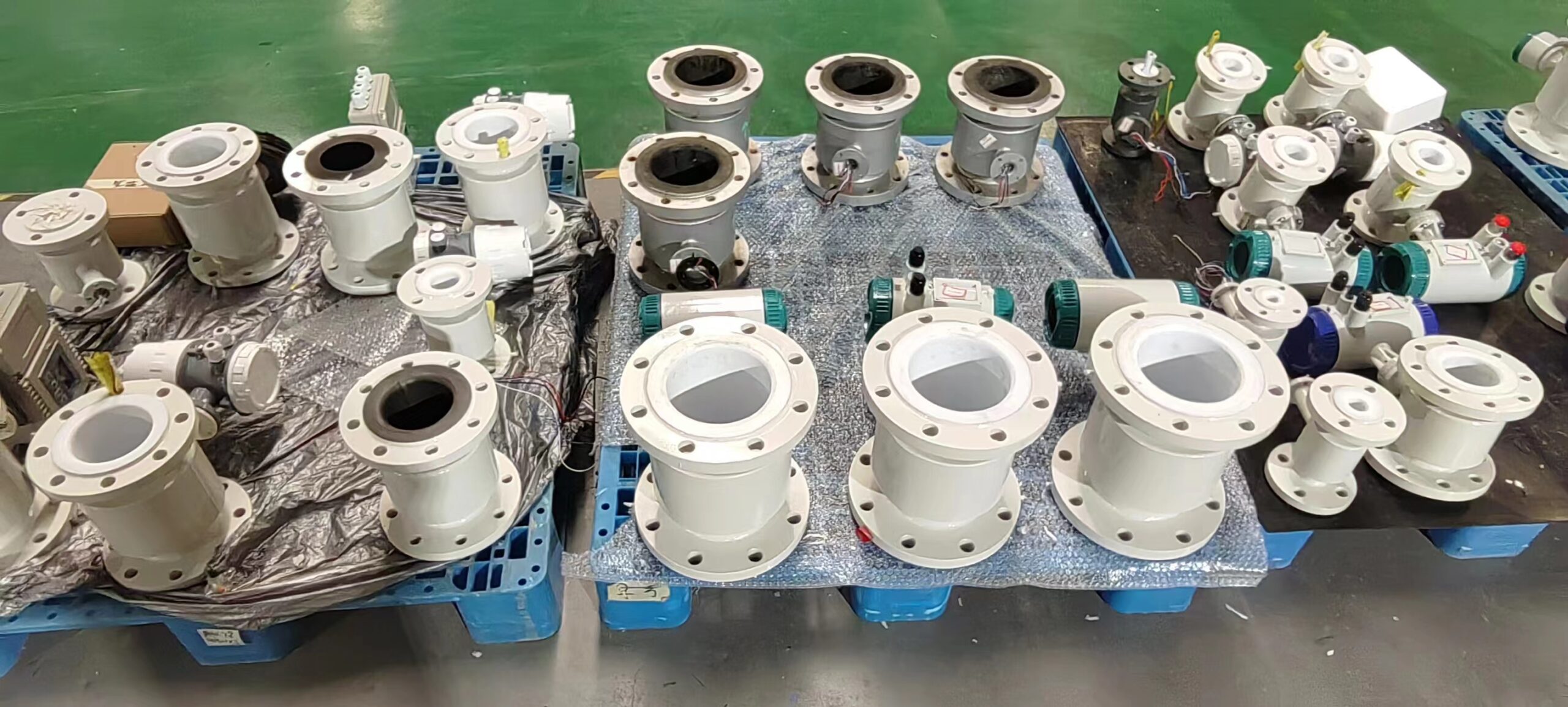

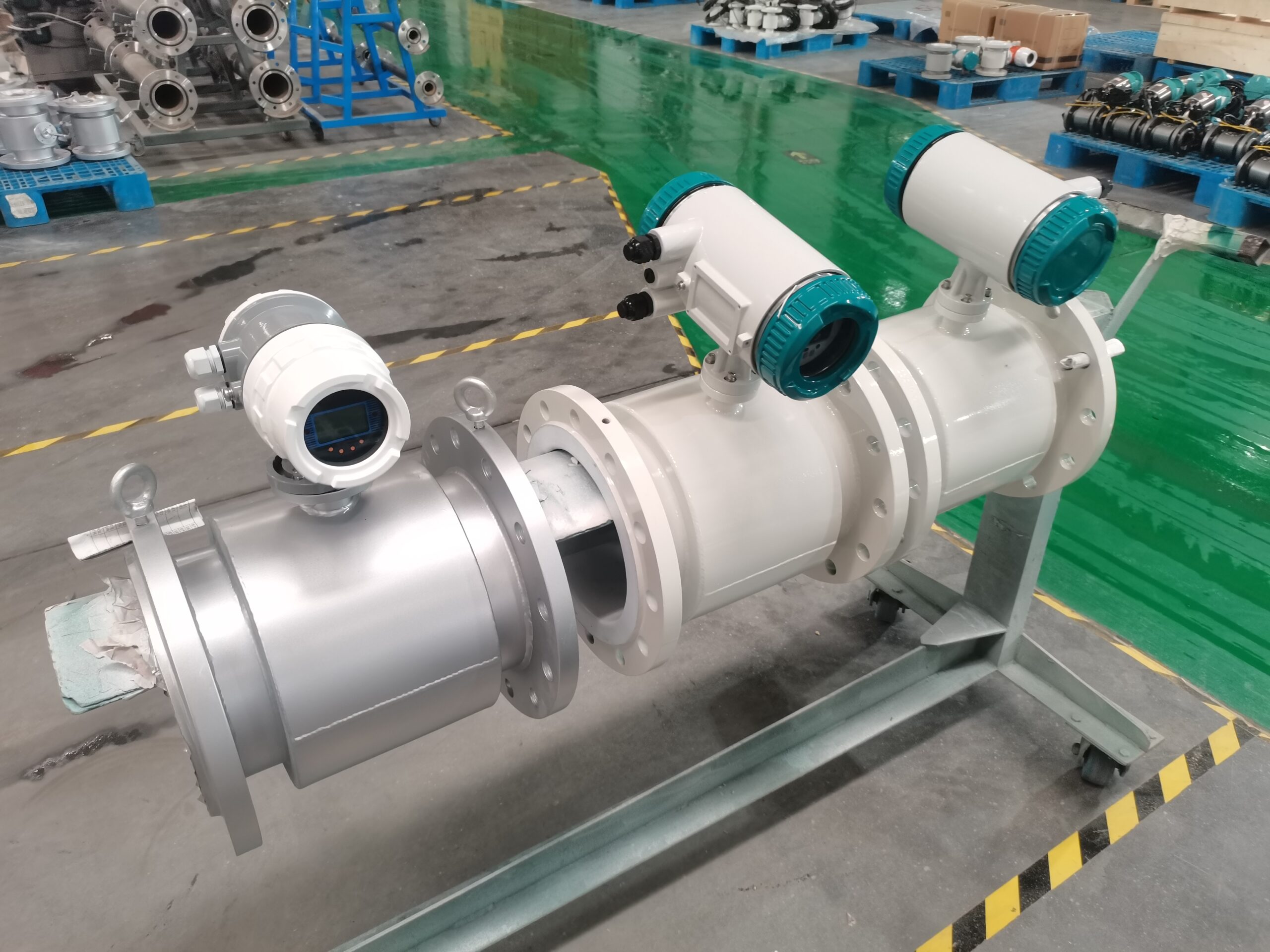
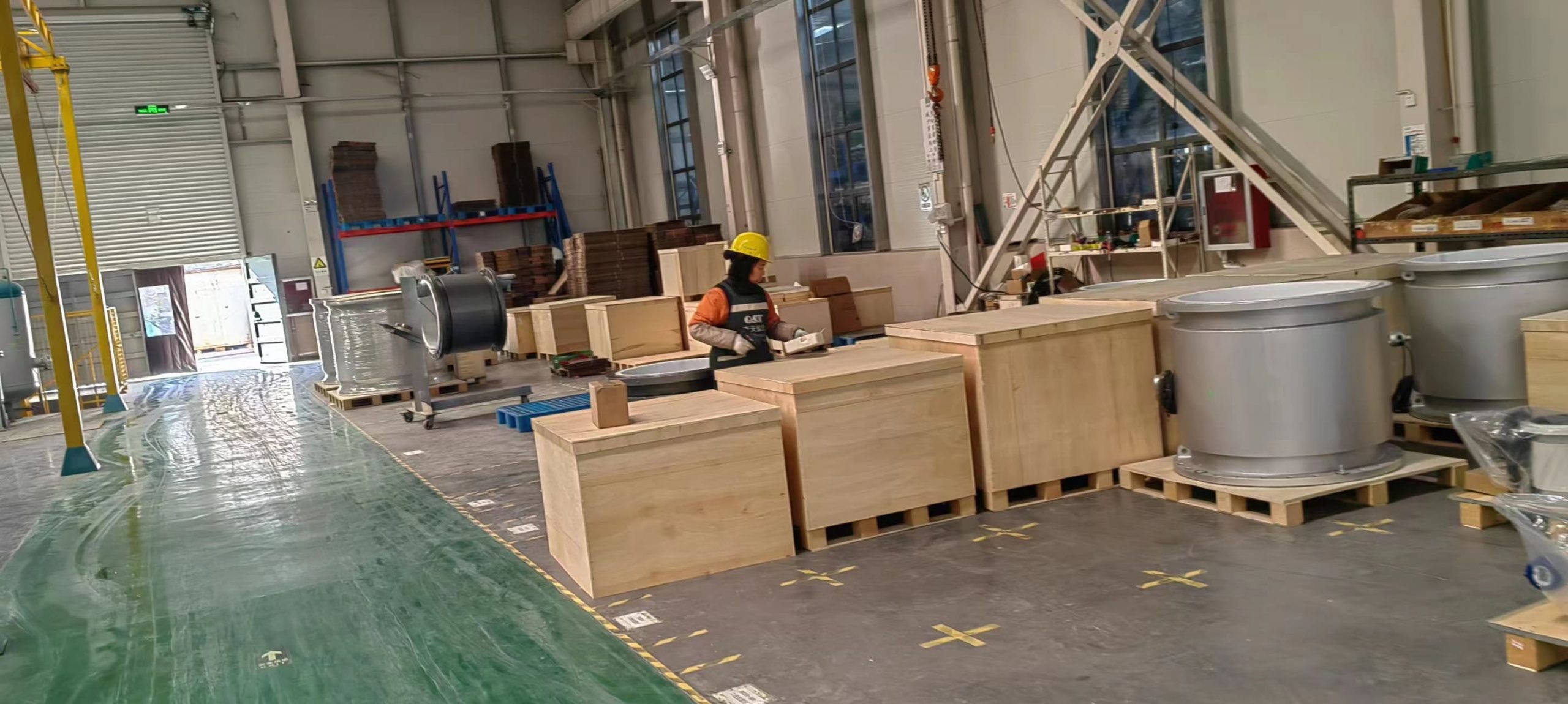


-.jpg)





